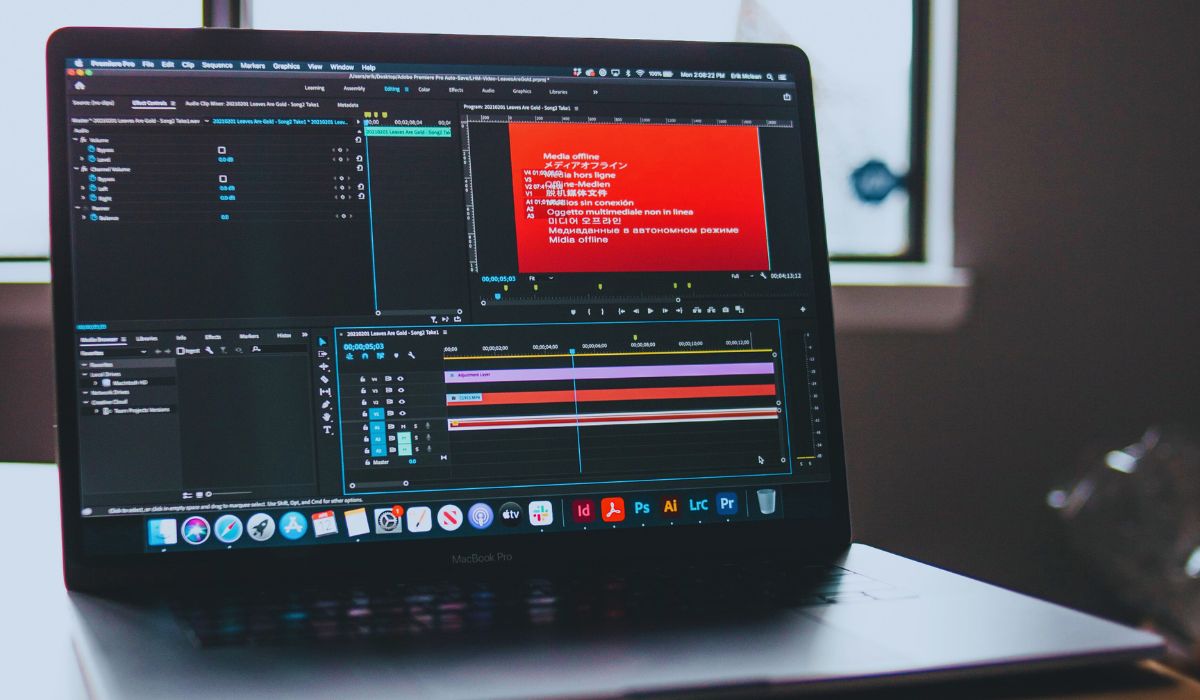Guide to choosing the best app for productivity and organization. Certainly! Choosing the best app for productivity and organization depends on your specific needs, preferences, and the platforms you use. Here’s a step-by-step guide to help you make an informed decision
Read more: https://techguider.online/beginners-guide-to-high-tech-gadgets/
Define Your Needs and Goals:
Identify what you want to achieve with the app. Are you looking for task management, note-taking, time tracking, project planning, or a combination of these?
Consider Platform Compatibility:
Ensure the app is available on the platforms you use (Windows, macOS, iOS, Android, etc.). This ensures you can access your data across all your devices.
Ease of Use and Interface:
Choose an app with an intuitive and user-friendly interface. The easier it is to use, the more likely you’ll stick with it. Guide to choosing the best app for productivity and organization.
Task Management and To-Do Lists:
Look for apps that allow you to create tasks, set priorities and deadlines, and categorize them. Consider if you need features like subtasks, recurring commissions, and task dependencies.
Calendar Integration:
If calendar integration is important to you, choose an app that seamlessly syncs with your preferred calendar application. Guide to choosing the best app for productivity and organization.
Note-taking and Documentation:
If you need to take notes, consider apps that offer robust note-taking capabilities, including features like text formatting, file attachments, and organization into notebooks or folders.
Collaboration and Sharing:
If you work with a team, consider apps that facilitate collaboration, allowing you to share tasks, documents, and calendars with colleagues.
File Management:
If handling documents is crucial, look for apps that support file attachments, cloud storage integration (like Google Drive, Dropbox, etc.), and easy access to your documents.
Integration with Other Apps:
Consider whether the app can integrate with other tools you already use, like email clients, project management platforms, or communication tools.
Reminders and Notifications:
Guide to choosing the best app for productivity and organization. Ensure the app has a reliable system for setting reminders and notifications for tasks, events, and deadlines.
Read more: http://Guide to choosing the best app for productivity and organization
Offline Functionality:
If you need to work without an internet connection, verify that the app offers offline functionality and can sync once you’re back online.
Customization and Flexibility:
Choose an app that allows you to customize settings, tags, labels, and other features to adapt to your specific workflow. Guide to choosing the best app for productivity and organization.
Cost and Pricing Model:
Evaluate the pricing structure of the app. Some apps are free with premium versions, while others operate on a subscription model. Consider if the features offered justify the cost.
Reviews and Recommendations:
Read reviews, watch video tutorials, and seek recommendations from trusted sources or communities. This can give you insights into how well the app works in real-world scenarios.
Trial Period or Free Version:
Take advantage of any trial periods or free versions offered by the app. This allows you to test its features and see if it aligns with your workflow.
Data Security and Privacy:
Ensure the app has robust security measures in place, especially if you’ll be storing sensitive information. Look for features like two-factor authentication and encryption.
Customer Support and Community:
Consider the level of customer support provided by the app’s developers. Guide to choosing the best app for productivity and organization. Also, check if there’s an active user community or forum for troubleshooting and tips.
User Feedback and Ratings:
Check app stores and review platforms for user ratings and feedback. This can provide insights into the overall satisfaction of users with the app.
Updates and Development:
Look for apps that receive regular updates and improvements. This indicates that the developers are actively working to enhance the app’s functionality.
Scalability:
Consider whether the app can grow with your needs. If you anticipate needing more features or capacity in the future, choose a tool that can accommodate your evolving requirements.
Backup and Data Export:
Ensure that the app allows you to easily back up your data or export it in a compatible format. This is important in case you decide to switch to a different tool in the future.
Trial Period or Free Version (continued):
During the trial period or with a free version, test the app with real tasks and projects to get a hands-on feel for how it fits into your workflow.
Gather Recommendations from Similar Users:
Seek advice from professionals or colleagues who have similar work styles or requirements. They may have insights into apps that align with your needs.
Avoid Overloading with Features:
While it’s tempting to choose an app with a multitude of features, ensure it is manageable. A cluttered interface can hinder productivity. Guide to choosing the best app for productivity and organization.
Read more: http://Guide to choosing the best app for productivity and organization
Accessibility and Cross-Device Sync:
If you have accessibility needs, ensure the app supports features like screen readers or other accessibility tools. Also, verify that data syncs smoothly across devices.



